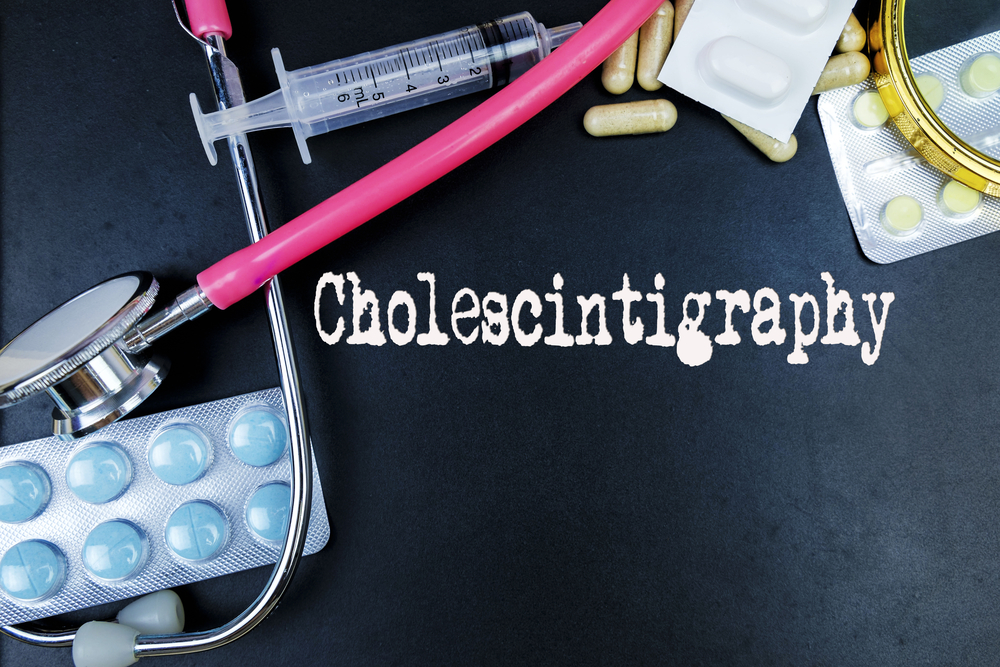DIAGNOSIS
If one experiences intense abdominal pain, a general practitioner will usually carry out a test called Murphy’s sign, where the patient will be instructed to breathe in deeply with the practitioner’s hand pressed against the abdomen just below the rib cage. The gallbladder will move downwards as the patient breathes in. If cholecystitis is existent, the patient will experience sharp pain as the gallbladder reaches the physician’s hand.
If the symptoms indicate acute cholecystitis, the doctor will refer the patient to the hospital immediately for further tests and medication, including:
Determines the amount of bilirubin in the blood, and helps assess how well the liver is functioning
Used to assess for gallstones or other indications of a problem with the gallbladder, which uses high-frequency sound waves to generate an image of a part of the body’s inside.
Other scans like CT scan, X-ray, and MRI scan may also be performed to observe the gallbladder in more detail if there is any ambiguity about the diagnosis.
TREATMENT
Initial treatment will usually include fasting to remove the gallbladder’s strain, acquiring fluids through a drip directly into a vein to prevent dehydration, and taking medicine to alleviate the pain. If an infection is suspected, the patient may be advised to take antibiotics.
These usually need to go on for up to one week, either in the hospital or at home. After initial treatment, any gallstones that may have generated cholecystitis normally retreat into the gallbladder, and the inflammation will usually subside.


